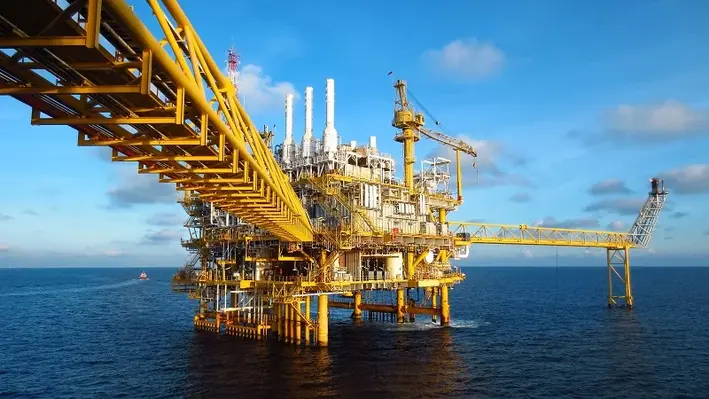
 The Australian government is seeking feedback on the Offshore Decommissioning Directorate’s progress in implementing Australia’s Offshore Resources Decommissioning Roadmap.
The Australian government is seeking feedback on the Offshore Decommissioning Directorate’s progress in implementing Australia’s Offshore Resources Decommissioning Roadmap.
The Decommissioning Roadmap was released in December 2024 with the aim of maximising the opportunities arising from the estimated US$60bn worth of offshore oil and decommissioning activity due to take place in Australia over the next five decades. It gives a pathway to scaling up Australia’s local decommissioning industry with the aim of boosting local capabilities and creating jobs, as well as ensuring oil and gas infrastructure is decommissioned in a timely, safe and environmentally friendly way.
The roadmap focuses on five key areas of opportunity:
1. Ensuring a regulatory framework that protects the environment and attracts investment
2. Partnering with First Nations people and local communities
3. Optimising infrastructure opportunities and availability
4. Supporting new jobs and investment in recycling and waste management
5. Building a skilled, safe and diverse offshore decommissioning workforce.
The Directorate works with industry, unions, state and territory governments, international partners and other interest groups and organisations to maximise the benefit of decommissioning oil and gas infrastructure to the Australian economy and the environment. Feedback is sought from the businesses, communities and organisations it works with on its activities so far and how it can best continue supporting offshore oil and gas decommissioning activities in Australia. This will help it to ensure it is meeting industry and community needs, as well as directorate objectives, improve its decommissioning guidance and research and refine what it is working on to better meet needs and objectives over time.
For more information and to take part in the survey, go to https://app.converlens.com/industry/offshore-decommissioning-directorate-evaluation-survey
The survey closes on 24 October 2025.
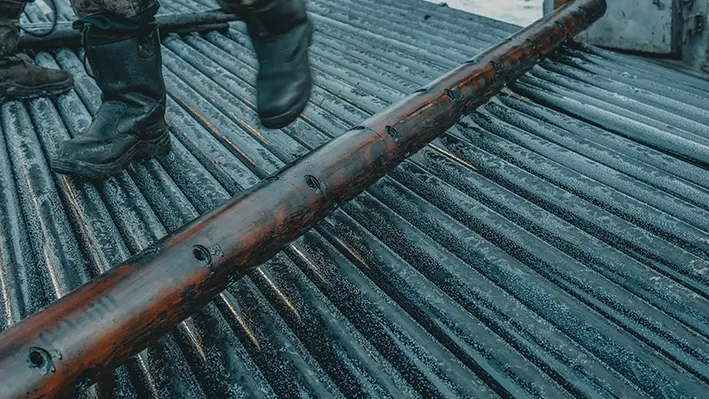
 Archer Limited, based in Bermuda, has announced plans to acquire Premium Oilfield Services, LLC, a US-based well services provider specialising in fishing and plug & abandonment (P&A) operations. Premium is known for its experienced workforce and strong service reputation with major oil and gas operators.
Archer Limited, based in Bermuda, has announced plans to acquire Premium Oilfield Services, LLC, a US-based well services provider specialising in fishing and plug & abandonment (P&A) operations. Premium is known for its experienced workforce and strong service reputation with major oil and gas operators.
This move is part of Archer’s strategy to expand its presence in the Gulf of Mexico, where its combined client base with Premium covers over 80% of the projected $15 billion deepwater P&A and decommissioning market through 2040.
The US$20 million acquisition will be financed through a planned private placement. It is expected to close shortly after the placement is completed, subject to standard closing conditions, including financing.
One key benefit of the deal is Archer’s acquisition of a well-maintained fleet of fishing equipment valued at $35–40 million, which will cut rental costs and boost efficiency. The acquisition will create cost and capital synergies and is expected to deliver a full return on investment within two years.
Financially, the deal is seen as highly accretive. Archer anticipates a 5% boost to annual EBITDA and an 8–10% rise in annual cash flow, based on pro-forma results and synergies. This supports the company’s strategy to increase shareholder returns and reduce debt.
This acquisition builds on Archer’s strong M&A track record. Since 2023, the company has invested around $90 million in bolt-on acquisitions, generating approximately $30 million in EBITDA, reflecting a multiple of around 3x EV/EBITDA. Archer aims to continue targeting accretive, synergy-driven deals in the well services space.
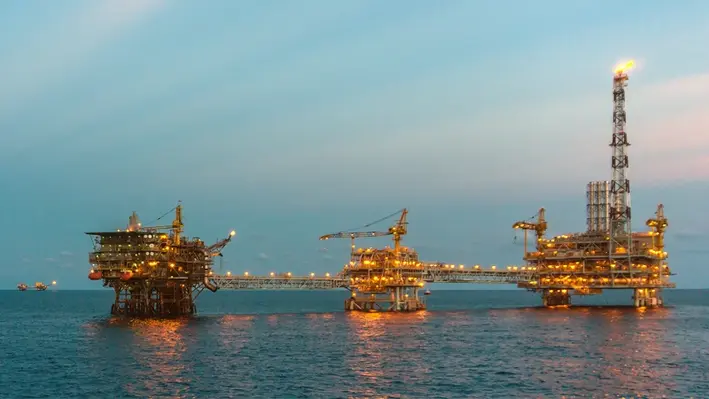

The UAE’s offshore sector is poised for a major expansion, with nearly 83,000 skilled positions expected to be created within the next five years, according to new analysis from recruitment specialist Robert Walters.
The report forecasts that the industry could inject as much as US$7bn (Dh25.7bn) into the national economy by 2030, compared to its current contribution of US$4.79bn. This represents growth of around 46 per cent, underscoring the offshore industry’s increasing role in the country’s economic diversification.
Traditionally linked to oil exploration and drilling, offshore activity now encompasses a wider range of operations carried out beyond coastal waters, from energy extraction to advanced infrastructure development. For decades, global and local companies have maintained a strong presence in the UAE, employing thousands across these activities.
Phill Brown, head of market intelligence at Robert Walters, said the findings reflect how offshoring is shifting from a cost-saving measure to a strategic driver of growth.
Several factors underpin this momentum: the UAE’s strategic position linking Europe, Asia, and Africa; its business-friendly environment; a digitally advanced infrastructure; and strong government support for innovation and new technologies.
As a result, more international firms are relocating complex offshore functions to the Emirates. Demand is rising for professionals in areas such as cybersecurity, artificial intelligence, machine learning, and product analysis, signalling a shift toward knowledge-based roles rather than traditional manual offshore work.
By positioning itself as a hub for offshore talent and innovation, the UAE is expected to capture a growing share of this evolving sector, further cementing its role as a global business and energy leader.
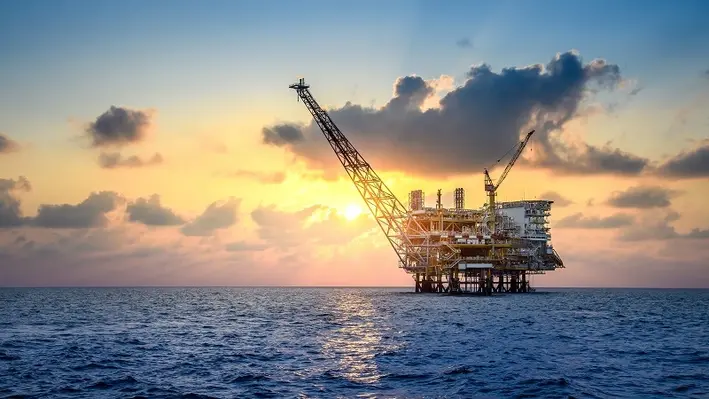

Russian energy major Gazprom has confirmed a lengthy delay to its Sakhalin 3 offshore project, with first gas now unlikely before 2028, three years later than previously anticipated and one year after it is supposed to start supplying China through a new cross-border pipeline.
The revised schedule was disclosed by Sakhalin Governor Valery Limarenko during an industry gathering in Yuzhno-Sakhalinsk, where he noted that production at the complex would not begin until at least 2028.
Sakhalin 3 covers four separate deposits. The smallest, Kirinskoye, holds around 162bn cubic metres of reserves and began output in 2013 using subsea equipment supplied by FMC Technologies, now part of TechnipFMC.
Gazprom had initially intended to apply the same approach at South Kirinskoye, the largest field in the block with an estimated 815bn cubic metres of reserves.
That strategy collapsed in 2015 after the United States introduced sanctions following Russia’s annexation of Crimea. Since then, Gazprom has been forced to turn to domestic suppliers.
In 2019, it awarded a contract to defence manufacturer Almaz-Antey to design and build subsea production systems. While the company delivered two specialised subsea wellheads in 2023, progress on the remaining infrastructure has stalled, with no clear delivery schedule announced.
The continued delays underscore the difficulties Gazprom faces in developing technically complex offshore projects without Western technology, particularly as pressure mounts to secure new export flows to China.
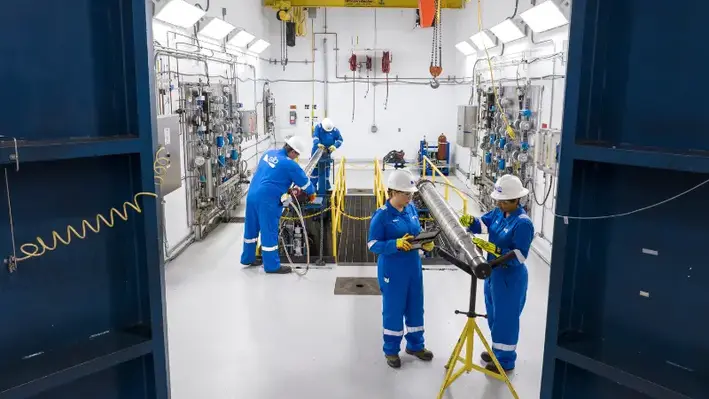
 Global technology company SLB has announced a major contract with Petrobras to provide services and technology for up to 35 ultra-deepwater wells in the Santos Basin.
Global technology company SLB has announced a major contract with Petrobras to provide services and technology for up to 35 ultra-deepwater wells in the Santos Basin.
The wells target large oil and gas reserves beneath thick salt layers located up to 2,000 metres below the surface.
As part of its project scope, SLB will deploy advanced electric completions technologies and digital solutions that deliver precise, real-time production intelligence and improved reservoir management to produce the hard-to-access resources.
Paul Sims, President of Production Systems, SLB, said, “This will help Petrobras drive greater reliability, system uptime and production performance in those fields – supporting Brazil’s energy security and economic growth ambitions.”
Work is scheduled to begin by mid-2026 and will feature advanced services and technology for SLB’s completions portfolio, including the Electris high-flow-rate interval control valves.
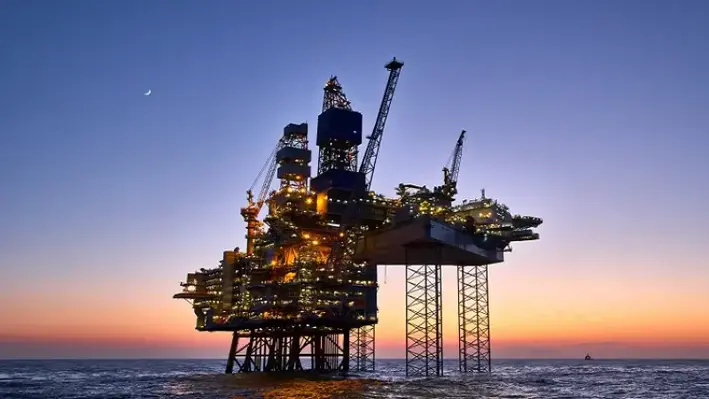
 Under a new agreement, Haliburton will have the right to deploy WellSense’s FiberLine Intervention (Fli) technology for use in well stimulation monitoring.
Under a new agreement, Haliburton will have the right to deploy WellSense’s FiberLine Intervention (Fli) technology for use in well stimulation monitoring.
WellSense, a subsidiary of FrontRow Energy Technology Group, will continue to deploy the technology globally for all other oil and gas applications, including well P&A, well integrity and leak detection, as well as CCUS.
CEO of WellSense, Annabel Green, said, “The successful completion of this deal is a defining moment for WellSense and for our parent company, FrontRow Energy Technology Group. Not only is it a strong industry endorsement of our technology and the value it delivers, but also our business model of bringing new and innovative solutions to market.
“Our unique bare fibre dynamic despooling technology delivers superior data quality for a detailed subsurface understanding. Unlike other well monitoring techniques, it provides a lightweight offline intervention solution with disposable probes for significant efficiency savings and reduced risk.”
Fli, which was developed 10 years ago, commenced commercial operation in 2018.
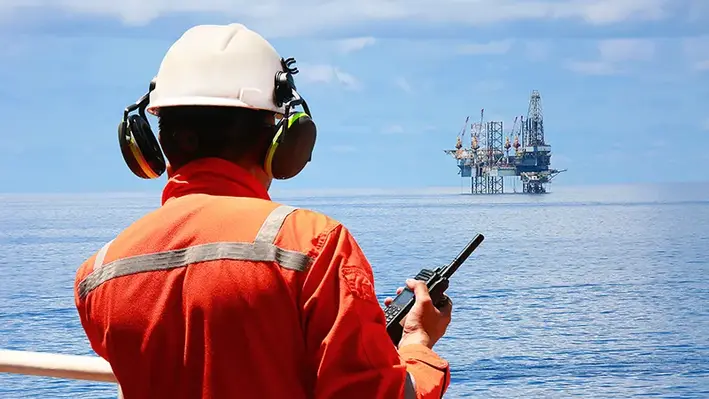

Weatherford International plc has announced that it has been awarded an eight-year contract by SNGN Romgaz S.A., Romania’s largest natural gas producer and main supplier, and the third-largest gas producer in Europe.
The contract involves providing services for real-time monitoring and transmission of dynamic parameters from gas well wellheads, enhancing production optimization through digital and AI-enabled insights.
This represents Romgaz’s first engagement of such services, demonstrating the company’s commitment to digital transformation and production automation. Under the agreement, Weatherford will implement a wellsite monitoring campaign across thousands of existing wells. Using cloud infrastructure, Weatherford technology will gather critical field data, providing Romgaz with essential information for production decisions. This data will guide in-field automated infrastructure supplied by Weatherford to achieve Romgaz’s production optimisation goals.
Girish K Saligram, president and chief executive officer of Weatherford, commented, “We are proud to support Romgaz in their first deployment of real-time monitoring services. With our technology, expertise, and recent investments in Romania, Weatherford is well positioned to help Romgaz optimise production and build fields of the future with solutions that enable smarter and more reliable operations.”
Razvan Popescu, chief executive officer of Romgaz, added, “Partnering with Weatherford marks a significant step forward in Romgaz’s digital transformation journey. For the first time, we are implementing real-time wellsite monitoring technologies that will provide actionable insights and enhance the efficiency of our operations. This initiative aligns with our strategic objectives of innovation and operational excellence. We are confident that this collaboration with Weatherford represents a strategic first step in integrating AI-driven technologies into our operations and laying the foundation for a new era of intelligent transformation.”
Weatherford’s well monitoring solutions deliver continuous, high-fidelity well data, enabling smarter decision-making and proactive intervention strategies. Implementing these systems will allow Romgaz to gain enhanced visibility of well conditions and optimise production throughout the duration of the contract.
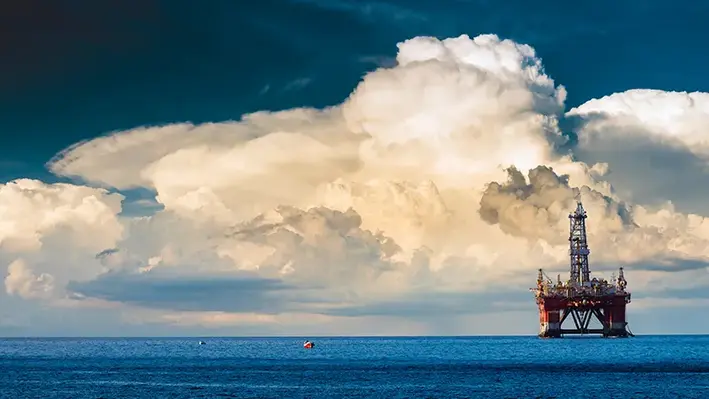

The riserless light well intervention (RLWI) market, valued at US$270.52mn in 2024, is projected to reach US$405.81mn by 2032, growing at a CAGR of 5.2%, according to Credence Research.
Key players shaping the market include Expro, ExxonMobil, Halliburton, Aramco, NOV, Emdad, Baker Hughes, Oceaneering, Hunting Energy, and Nortech. These companies focus on technological innovation, vessel upgrades, and digital integration to improve efficiency and safety in offshore interventions.
Within the service segment, logging and bottom hole surveys account for over 25% of total demand. These services are critical for evaluating reservoir conditions, identifying production zones, and ensuring accurate well diagnostics without costly drilling. Operators increasingly rely on advanced downhole logging tools for real-time data, which reduces non-productive time and optimises subsea operations.
By intervention type, light interventions dominate with over 40% market share, using wireline, slickline, or coiled tubing techniques for routine tasks such as inspection, cleaning, and data collection. These methods reduce operational costs and environmental risks, making them ideal for mature offshore fields. For example, Halliburton’s ClearTrac wireline tractor can traverse highly deviated wells while carrying payloads up to 1,000 lbs efficiently.
Offshore applications account for 65% of the market, driven by rising deepwater and ultra-deepwater exploration. RLWI provides cost-effective well maintenance without heavy rigs, maintaining production efficiency and safety. The growing number of aging subsea wells in North America further reinforces offshore interventions’ importance.
North America: Market leadership and offshore dominance
North America dominates the riserless light well intervention (RLWI) market with a 35% share, supported by extensive offshore activity in the Gulf of Mexico. The region benefits from advanced offshore infrastructure, mature subsea wells, and a strong presence of leading service providers. Operators focus on extending the production life of aging wells while maintaining cost efficiency, driving consistent demand for RLWI services. Regulatory support for safe intervention practices and investments in deepwater exploration further reinforce the region’s leadership. The combination of technological expertise and high offshore activity ensures North America remains a primary market driver.
To learn more about the RLWI market in other regions, visit Credence Research’s full report here
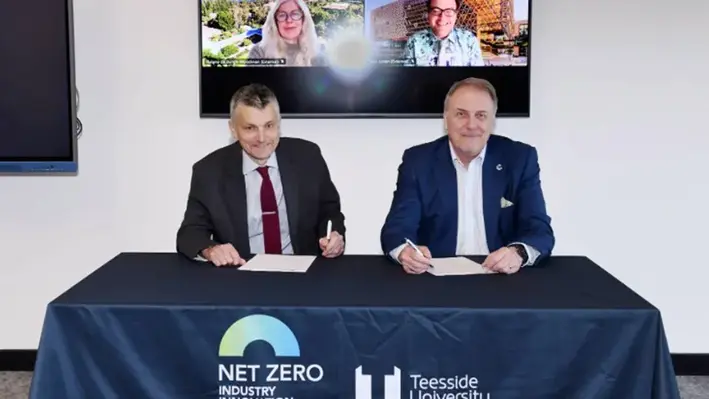
 The Centre of Decommissioning Australia (CODA), the University of Western Australia (UWA) and the UK’s Teesside University’s Net Zero Industry Innovation Centre (NZIIC) have signed a memorandum of understanding (MoU) to collaborate on the establishment of a Western Australia Industry Transformation Hub.
The Centre of Decommissioning Australia (CODA), the University of Western Australia (UWA) and the UK’s Teesside University’s Net Zero Industry Innovation Centre (NZIIC) have signed a memorandum of understanding (MoU) to collaborate on the establishment of a Western Australia Industry Transformation Hub.
The proposed WA Industry Transformation Hub will unite academic expertise, industry leadership and government support to drive innovation in decarbonisation and local manufacturing.
It also marks the latest collaboration between Australia and the UK in the drive towards decarbonisation, which includes the decommissioning of ageing oil and gas infrastructure, among other areas.
The latest MoU brings together expertise from both sides to support Western Australia’s industrial transition to net zero, aligning with a number of Australian government priorities including decarbonisation and the LNG Jobs Taskforce.
“This hub’s focus advances the WA CCUS [carbon capture, utilisation and storage] Action Plan vision of establishing a world-leading CCUS industry to decarbonise heavy industries while supporting economic diversification,” said CODA’s chief executive, Francis Norman.
“It also supports the Made in WA agenda by building local advanced manufacturing capability and skilled jobs, keeping WA at the forefront of global market shifts through strong industry support and innovation infrastructure,” said Norman.
The new ‘hub’ will focus on three core research themes:
Industrial emissions reduction: targeting heavy industries such as oil and gas, mining and cement, developing and deploying CCUS technologies in collaboration with industrial centres like Kwinana and the Pilbara.
Circular economy: supporting the Made in WA agenda, the hub will promote advanced manufacturing, industrial waste recycling and life-cycle design to grow WA’s circular economy.
Knowledge exchange: a joint governance model will embed international collaboration, with NZIIC and WA industry representatives guiding strategic direction to ensure alignment with the state’s Diversify WA priorities.
Each of the MoU partners brings unique strengths to the collaboration: CODA’s extensive Australian and international decommissioning networks, UWA’s track record of supporting Australian industry with applied research, and NZIIC’s strong research base and industrial partnerships in the UK.
Professor Hélène de Burgh-Woodman, Pro Vice Chancellor (Research Training) at UWA said: “The international network established by this MoU will provide a springboard to deliver innovation not just in net zero technologies themselves, but in their process of discovery.”
Earlier in the year, another UK-Australia MoU saw Global Underwater Hub (GUH) and Subsea Innovation Cluster Australia (SICA) team up to pursue subsea opportunities, including decommissioning, across both hemispheres.
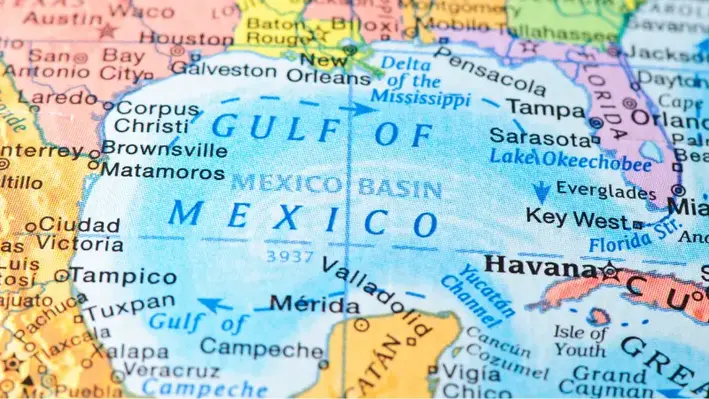
 The Gulf of Mexico’s decommissioning specialisit Promethean Energy has successfully completed a multi-client campaign in the South Timbalier lease area for the plugging and abandonment of an orphaned well on a storm-damaged platform.
The Gulf of Mexico’s decommissioning specialisit Promethean Energy has successfully completed a multi-client campaign in the South Timbalier lease area for the plugging and abandonment of an orphaned well on a storm-damaged platform.
The high-risk project (thanks to extensive hurricane-related structural damage) was completed sans incidents and under budget, reinforcing Promethean’s com8ittment to retiring ageing offshore infrastructure while supporting the broader goals of the BSSE’s orphaned well programme.
The project entailed reinstating well control barrier on an orphan well and completing abandonment activities. Structural instabilities, deteriorated well barrier, hydrocarbon leaks and subsurface complexities posed significant risks to the operation, yet through phased execution, proactive risk mitigation and an experienced team, the project was completed incident-free.
The initial inspection of the well was conducted in May 2025, revealing extensive damage including a missing boat landing, the heliport having been torn away, the wellhead access deck was no longer intact, and the main deck support column was detached from the stabbing guide.
The well was also venting gas from the production casing downstream of the gate valve. Drone surveys and high-res imagery uncovered severe structural compromise at a jacket leg weldment, and the desk leg had been forcibly displaced into the jacket leg, exceeding material deformation limits. The pile-to-jacket connection on the leg has also completely failed. The data and stability assessments indicated a high-risk of structural collapse.
Despite the high risks, the operator successfully executed the decommissioning project using a combination of advanced inspection tools, methodical engineering reviews and meticulous planning. The site has been secured without environmental harm.
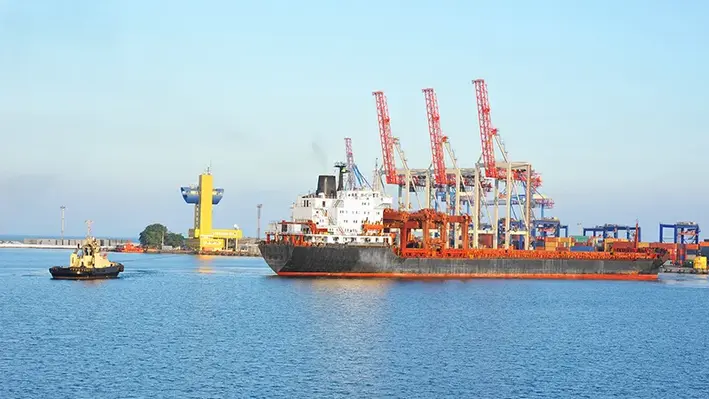
 Astro Offshore, part of the Adani Group, has taken another significant step in expanding its offshore fleet with the en bloc acquisition of five additional DP2 vessels.
Astro Offshore, part of the Adani Group, has taken another significant step in expanding its offshore fleet with the en bloc acquisition of five additional DP2 vessels.
This move increases the company’s total fleet size to 49, including 15 DP2 units, five of which feature diesel-electric technology.
The newly acquired vessels include four platform supply vessels (PSVs), two powered by diesel-electric systems, and one advanced 86-metre multipurpose supply vessel fitted with a 160-tonne crane. This purchase builds on the company’s recent addition of two modern PSVs and further strengthens Astro’s ability to deliver flexible, future-ready solutions across key offshore regions.
Industry observers see the acquisition as a strategic effort to expand Astro’s reach in West Africa while enhancing its operational capacity and geographical flexibility. By investing in diesel-electric vessels, the company underlines its commitment to smarter, cleaner, and more efficient offshore operations. Three of these advanced vessels form part of the latest deal, while two more sister vessels, Sagitta and Sculptor, are expected to join the fleet in the coming weeks.
Mark Humphreys, CEO of Astro Offshore, said,“This latest acquisition further enhances our global presence in the offshore sector and reaffirms our commitment to meeting both the current and future needs of our valued clients. The en-bloc transaction underscores our ambition to operate one of the world’s youngest and most efficient fleets. We are excited to bring this new tonnage into service and look forward to supporting our customers on a truly global scale.”
Astro explains that these acquisitions mark a crucial step in deepening its relationships with end users, offering assets capable of supporting long-term charters with both national and international oil companies. The inclusion of additional PSVs and continued investment in its workboat fleet positions the company to play a more active role in production support and to meet the evolving demands of offshore operators worldwide.
With its strengthened fleet, Astro Offshore continues to align its operations with global energy market needs, focusing on efficiency, reliability, and environmental responsibility.
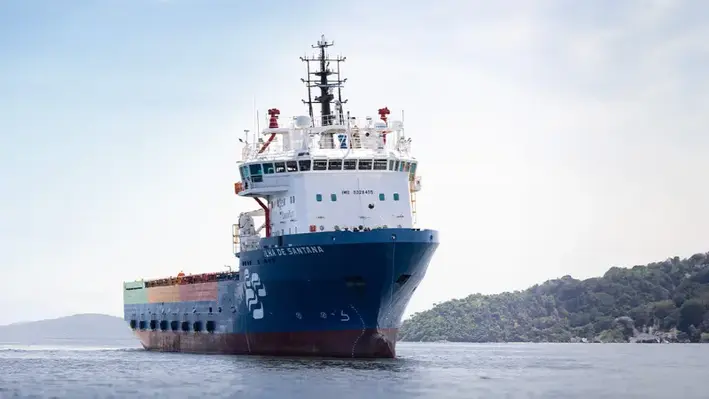
 OceanPact has signed a four-year contract with Petrobras worth R$310mn to charter the Ilha de Santana platform supply vessel.
OceanPact has signed a four-year contract with Petrobras worth R$310mn to charter the Ilha de Santana platform supply vessel.
The ship will be used for logistics and emergency response support for Petrobras along the Brazilian coastline.
Earlier this year OceanPact announced new contracts with Petrobras worth R$650mnto charter three oil spill response vessels to be used in operations off the Brazilian coast to provide emergency readiness in the event of environmental incidents.
Currently, OceanPact has a fleet of 28 vessels made up of oil spill response, ROV support, platform supply, research, multi-purpose support and anchor handling tug supply vessels, as well as othering a largest inventory of offshore emergency response equipment in Latin America.
Page 11 of 111